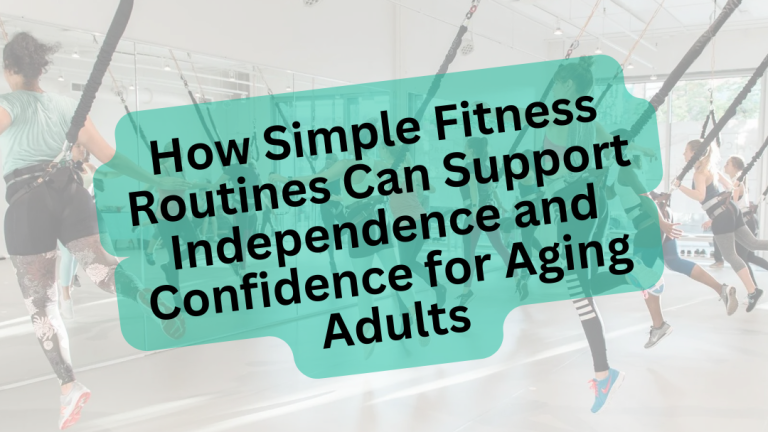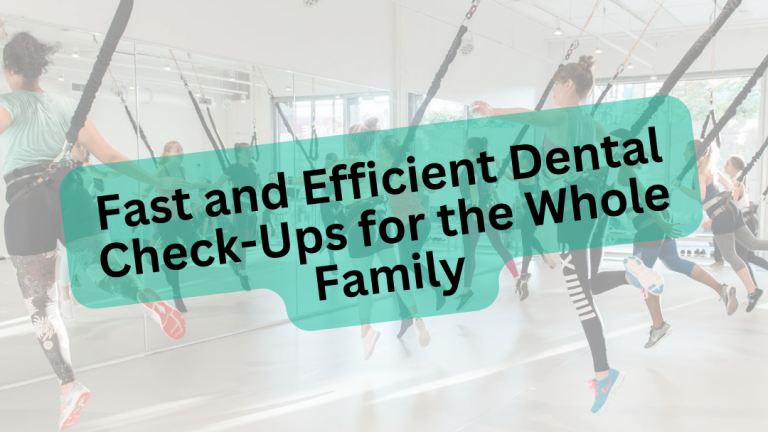Why Compression Socks Are Essential for Bungee Fitness Enthusiasts?
Bungee fitness combines resistance training, cardio, and dance with the thrill of being suspended in midair. While the workout looks effortless, it places significant demands on your legs. To manage this strain, many participants turn to compression socks as a simple but effective way to support performance and recovery. This article explains how they work, why they are useful for bungee fitness, and what to keep in mind when choosing a pair.

The Demands of Bungee Fitness on Your Legs
Despite the buoyant feel of bungee workouts, your muscles and joints work hard throughout each class.
- Constant Tension and Resistance
The cords provide resistance with every move. Calves, quadriceps, and hamstrings are especially engaged in stabilizing and propelling you. - Jumping and Landing
Even with reduced impact, repeated jumps and landings can fatigue muscles and contribute to soreness. - Sustained Effort
Sessions often run close to an hour. Your circulation must efficiently deliver oxygen and clear waste to sustain energy over time. - Balance and Stabilization
Because movements are unstable, the legs perform countless micro-adjustments. This can result in swelling, tightness, or general fatigue.
Given these demands, additional support becomes important—this is where compression socks prove valuable.
What Are Compression Socks?
Compression socks are specially designed to apply gentle, graduated pressure to the legs. Tighter at the ankle and looser toward the knee or thigh, they help blood flow upward more efficiently.
Common categories include:
- Mild compression (8–15 mmHg): Suitable for daily wear.
- Moderate compression (15–20 mmHg): Recommended for athletes or people who spend long hours standing.
- Firm compression (20–30 mmHg): Used for greater support, often in medical or intensive athletic settings.
By improving circulation, compression socks help reduce swelling, lower fatigue, and support faster recovery.
How Compression Socks Benefit Bungee Fitness Enthusiasts
For bungee fitness participants, compression socks offer advantages that go beyond everyday comfort:
- Improved Circulation
They assist in moving blood back toward the heart, preventing pooling and reducing swelling. - Less Muscle Fatigue
Stabilizing the muscle tissue helps minimize vibrations and micro-tears, meaning faster recovery between sessions. - Reduced Risk of Injury
Extra support lowers the likelihood of cramps, shin splints, and vein-related discomfort. - Greater Endurance
Enhanced oxygen delivery allows many athletes to sustain performance longer. - Comfort Before and After Workouts
Many people notice their legs feel lighter both during activity and in the hours that follow.
What to Look for in Compression Socks for Bungee Fitness
When choosing compression socks for bungee workouts, consider the following:
- Graduated Compression – More effective than uniform pressure.
- Breathable, Moisture-Wicking Fabrics – To keep feet cool and dry.
- Accurate Fit – Proper sizing is key to comfort and performance.
- Length Options – Knee-high is most common, though thigh-high can provide added support.
- Durability – Reinforced toes and heels help socks withstand frequent wear.
- Design – With plenty of colors and patterns available, style can be practical as well as motivating.
When to Wear Compression Socks
The benefits of compression socks depend on when they are used:
- During Class: To support circulation and limit fatigue.
- After Workouts: To promote recovery and reduce swelling.
- On Rest Days: Helpful if legs feel heavy or tired.
- While Traveling: Ideal for long car rides or flights when circulation may be compromised.
Some individuals wear them at night, but this should be limited to lighter compression unless guided by a healthcare professional.
What Experts Say
Sports medicine professionals frequently recommend compression socks for endurance and high-impact training. Research suggests:
- Recovery times improve when athletes use compression gear.
- Enhanced venous return helps reduce swelling.
- Many athletes also report a psychological benefit, feeling more supported and confident.
Dr. Maria Thompson, a sports physiologist, explains:
“For an activity like bungee fitness, which keeps the lower body under constant dynamic stress, compression socks provide both protective and performance benefits. They are a practical tool with long-term advantages for leg health.”
Additional Tips for Leg Health in Bungee Fitness
Compression socks are most effective when combined with healthy habits:
- Warm Up Thoroughly – Gentle stretching prepares muscles for activity.
- Stay Hydrated – Proper fluid intake supports circulation and reduces cramping.
- Cross-Train – Mixing in strength training or yoga helps prevent overuse injuries.
- Use Massage or Foam Rolling – Both promote blood flow and ease tightness.
- Elevate Legs Post-Workout – Helps reduce swelling and promotes recovery.
- Listen to Your Body – Rest when needed and seek professional advice if discomfort persists.
Final Thoughts
Bungee fitness is exciting, challenging, and physically demanding—particularly on the legs. Compression socks offer a simple and affordable way to support circulation, reduce fatigue, and encourage quicker recovery.
By selecting the right pair and wearing them at the right times, you can make workouts more comfortable and sustainable. Paired with good hydration, stretching, and balanced training, they help keep your legs strong, resilient, and ready for the next session.
For newcomers and seasoned enthusiasts alike, compression socks are a small investment that can make a meaningful difference in both performance and long-term leg health.






